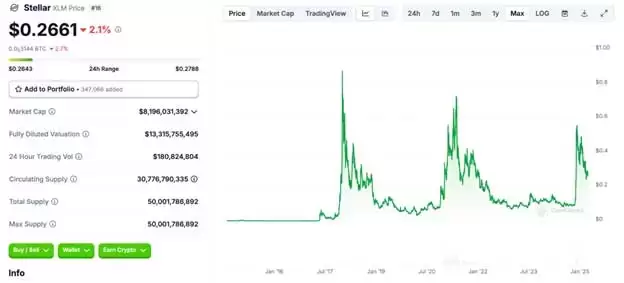A team of researchers from the University of Jaén identified the first known stone mold for making coins in all of Hispania at the ancient settlement of Obulco
A team of researchers from the University of Jaén has identified the first known stone mold for making coins in all of Hispania at the ancient settlement of Obulco, known today as Porcuna, Jaén,.
The object found is one half of a bivalve mold, used to make unstruck metal discs (known as cospeles) that would later be hammered into coins. The mold measured 11 cm in height, 13.7 cm in length, and 5.4 cm in width. Its flat surface revealed circular casting marks created by the pouring of molten metal, indicating its role in the ancient coin-making process, according to Arkeo News.
The mold had special historical significance because it provided technical details about the production of bronze ases dated to 189-165 BCE. This series is linked to one of the earliest coin series issued by Obulco. Analysis using X-ray fluorescence spectrometry confirmed that the metallic impressions in the mold were of a binary copper-lead alloy, consistent with compositions found in coins from Obulco.
The mold was made using local stone from the Porcuna area, as indicated by an analysis on labrujulaverde.com. This finding highlighted the use of local resources in industrial tool-making during antiquity, a key part of economic activities that combined with the growing presence of Roman administrative practices among indigenous communities.
This discovery provided direct evidence of production workshops in Iberia and filled a long-standing archaeological gap in the visibility of Iberian mints.
The archaeological site of Obulco was a significant Ibero-Roman settlement, known for its strategic location on trade routes and active minting operations. It played a crucial role in the economy of Republican Hispania. Its coinage, stamped with the names of local magistrates in both Iberian and Latin, displayed symbols such as plows, wheat ears, and yokes, reflecting the agricultural basis of the local economy.
Coinage was a central part of the Romanization of the Iberian Peninsula, acting as a main link between local communities and the broader Roman economic system. This integration into the Roman framework is evident in the coin imagery, which combined local and Roman motifs. Researchers believed that minting workshops were often located in peripheral areas under the control of local magistrates or military forces rather than urban centers, a theory supported by similar findings in Carteia and confirmed by recent analysis, according to labrujulaverde.com.
The increasing monetary production in the region was part of a broader extractive economic system of the Roman Republic, leading to territorial reorganization and the expansion of cereal agriculture.
The article was written with the assistance of a news analysis system.
Disclaimer:info@kdj.com
The information provided is not trading advice. kdj.com does not assume any responsibility for any investments made based on the information provided in this article. Cryptocurrencies are highly volatile and it is highly recommended that you invest with caution after thorough research!
If you believe that the content used on this website infringes your copyright, please contact us immediately (info@kdj.com) and we will delete it promptly.



















































































